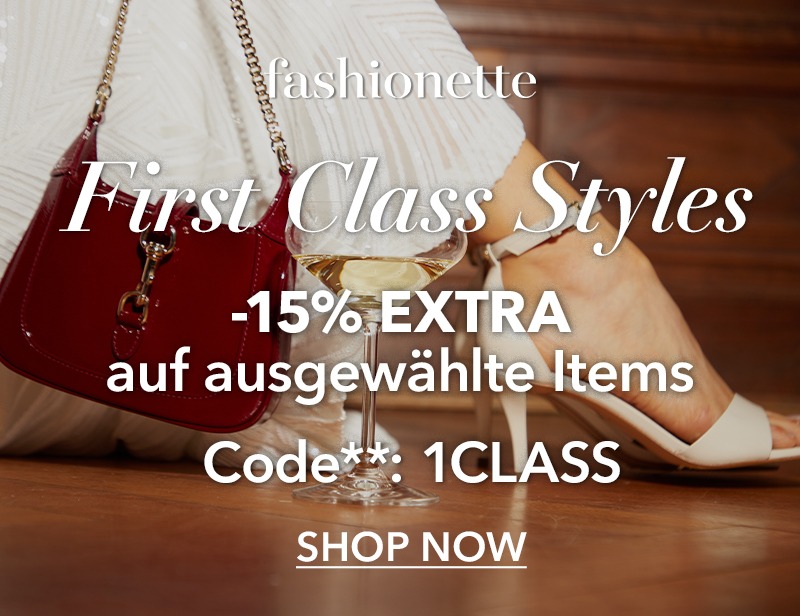In recent years, the clean beauty movement has gained significant traction, promising safer, non-toxic, and environmentally friendly alternatives to conventional cosmetics. But as the market floods with products labeled “clean,” it becomes increasingly difficult for consumers to separate fact from marketing. What does “clean beauty” really mean, and is it as beneficial as it claims? This blog breaks down the truth behind clean beauty, addressing what you need to know before making your next purchase.
1. What Is Clean Beauty, Really?
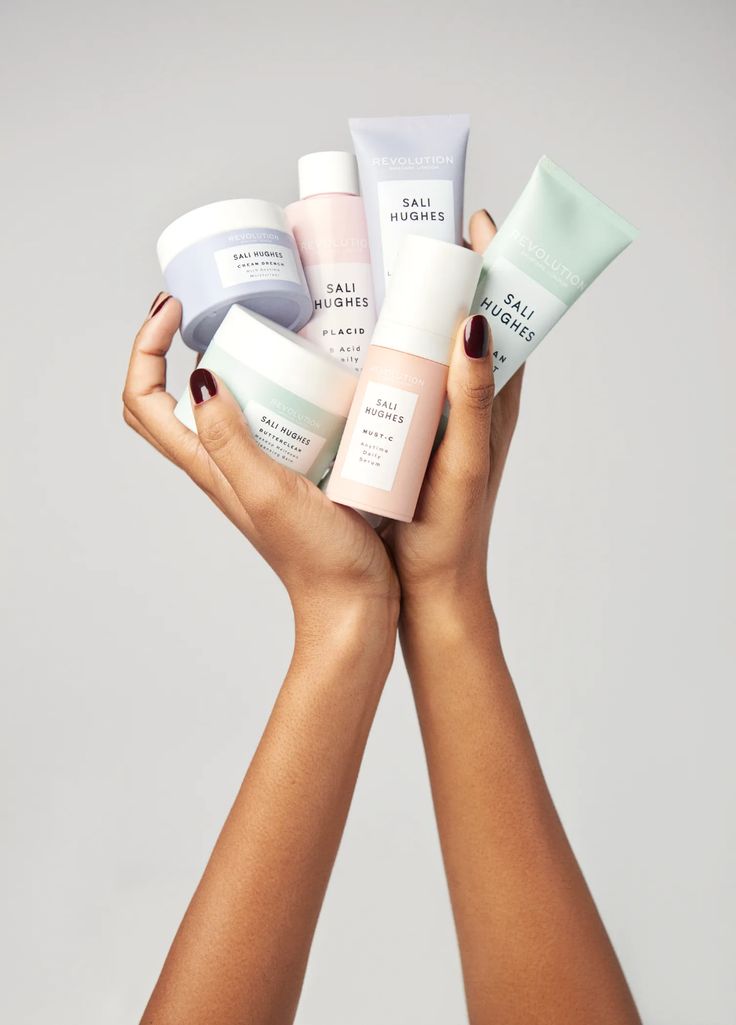
Clean beauty is often marketed as being free from harmful or toxic ingredients, but there is no universal definition. Unlike terms like “organic” or “natural,” which are regulated in some regions, “clean” is a largely unregulated term in the cosmetics industry. This means that any brand can use the label “clean” regardless of whether their ingredients meet any formal safety standards.
That said, most clean beauty brands typically avoid ingredients like parabens, phthalates, sulfates, synthetic fragrances, and certain chemical sunscreens. The philosophy behind clean beauty focuses on formulations that are safer for both human health and the environment, often incorporating naturally derived ingredients and sustainable practices.
2. The Rise of Ingredient Awareness
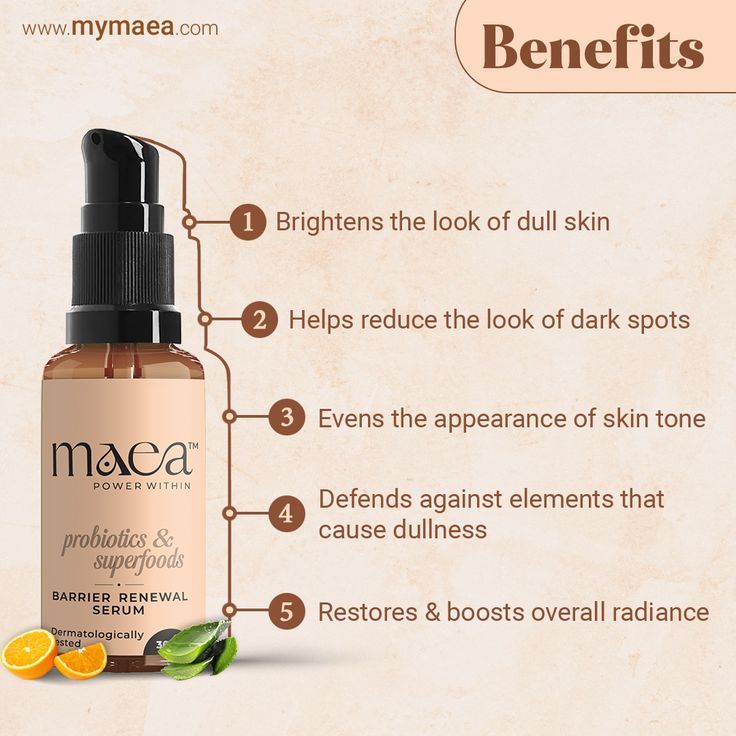
Consumers today are more informed and ingredient-savvy than ever before. Social media, skincare blogs, and educational apps like INCI Decoder have empowered users to examine labels closely and research what they’re putting on their skin. As a result, brands are increasingly transparent about their formulations and sourcing.
However, this growing awareness has also led to fear-mongering around certain ingredients. For example, preservatives like parabens have been demonized, despite scientific evidence supporting their safety at regulated levels. The clean beauty movement has contributed both to positive education and, unfortunately, sometimes to misinformation.
It’s crucial to remember that natural doesn’t always mean safe, and synthetic doesn’t always mean harmful. A balanced understanding is key to making informed choices in the beauty aisle.
3. Regulation and Certification Gaps
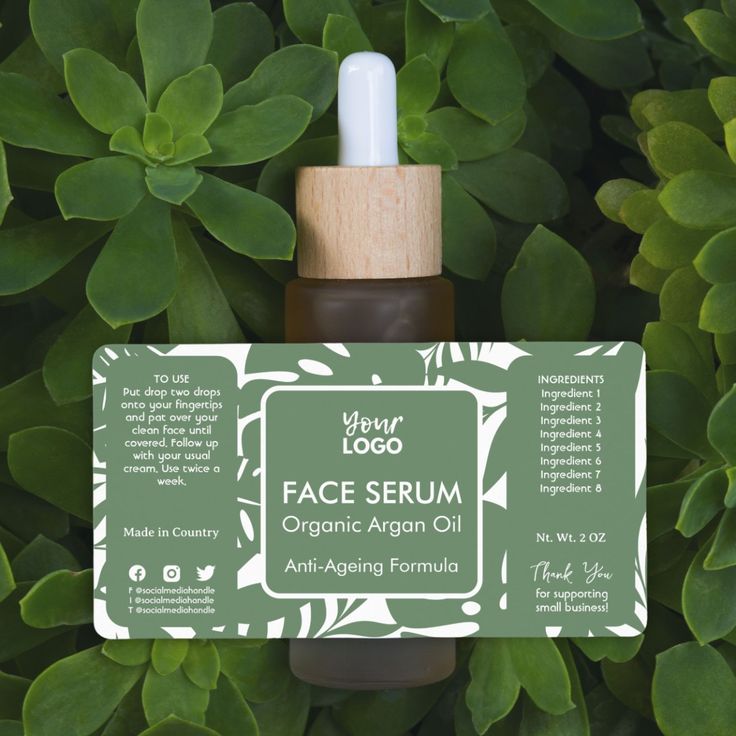
One of the biggest challenges in clean beauty is the lack of universal regulation. In the U.S., the FDA has minimal oversight over cosmetic ingredients compared to other countries. Europe bans over 1,300 substances in cosmetics, while the U.S. restricts only about 30.
This regulatory vacuum has led to the rise of third-party certifications. Programs like EWG Verified, Leaping Bunny, and MADE SAFE aim to provide consumers with more confidence. However, each has its own criteria, and not all clean products carry certifications due to cost or eligibility.
When shopping for clean beauty, check for transparent ingredient lists and brand values instead of relying solely on “clean” labels. Reading reviews and understanding what each certification stands for can also help guide your choices.
4. Clean Beauty vs. Greenwashing

Not all that glitters in the clean beauty world is gold. As the demand for cleaner products grows, many companies engage in greenwashing—marketing products as environmentally friendly or safe without sufficient evidence to support those claims.
This includes vague language like “eco,” “natural,” or “plant-based” without any context or ingredient transparency. Some brands may even highlight one “clean” feature while ignoring other harmful aspects, such as unsustainable packaging or questionable sourcing practices.
To avoid falling for greenwashing, scrutinize product details. Look for brands that disclose full ingredient lists, explain their sustainability efforts, and provide clarity about what “clean” means to them.
5. Benefits and Limitations of Clean Beauty
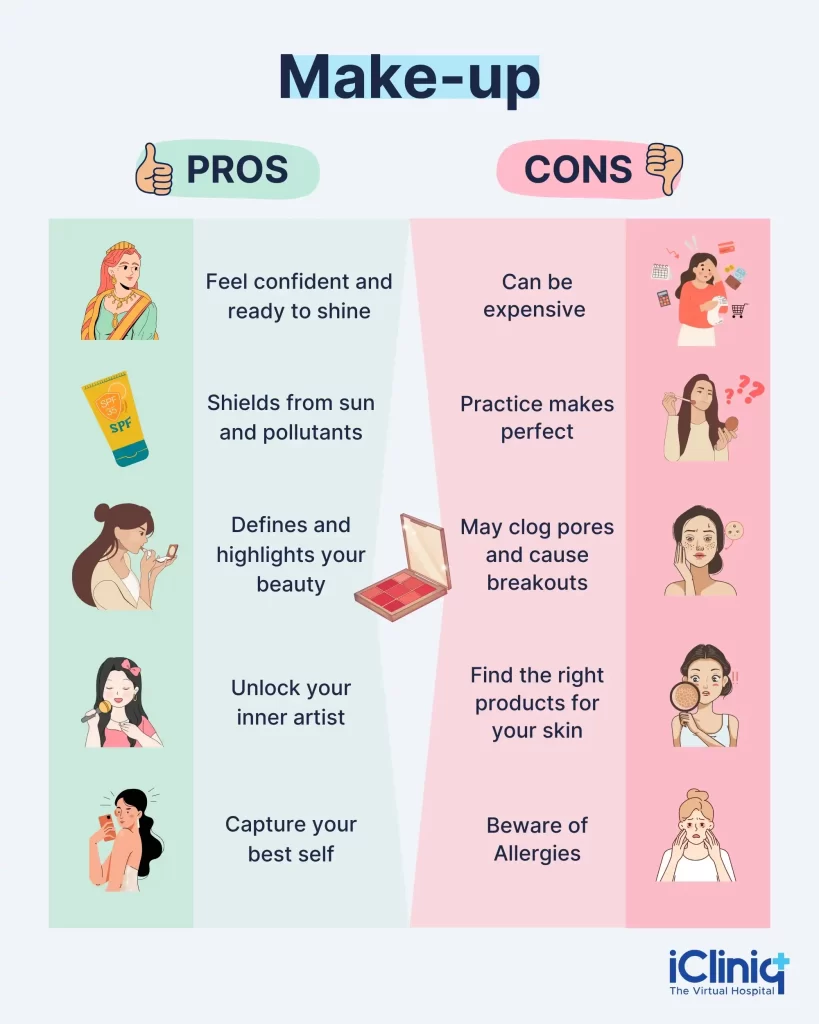
There’s no doubt that the clean beauty movement has led to many positive shifts in the industry. It has encouraged more ethical sourcing, reduced reliance on controversial ingredients, and promoted transparency. Many clean products are also cruelty-free, vegan, and packaged sustainably.
However, clean beauty is not a one-size-fits-all solution. Some products may be less effective without certain preservatives or actives, and the price point for clean alternatives can be significantly higher. Additionally, “clean” doesn’t necessarily mean better for all skin types; sensitive skin, for example, may still react to essential oils or botanicals.
Ultimately, the best approach is to evaluate products on a case-by-case basis, combining clean beauty principles with scientific understanding and personal skin needs.
6. What to Look for When Buying Clean Beauty
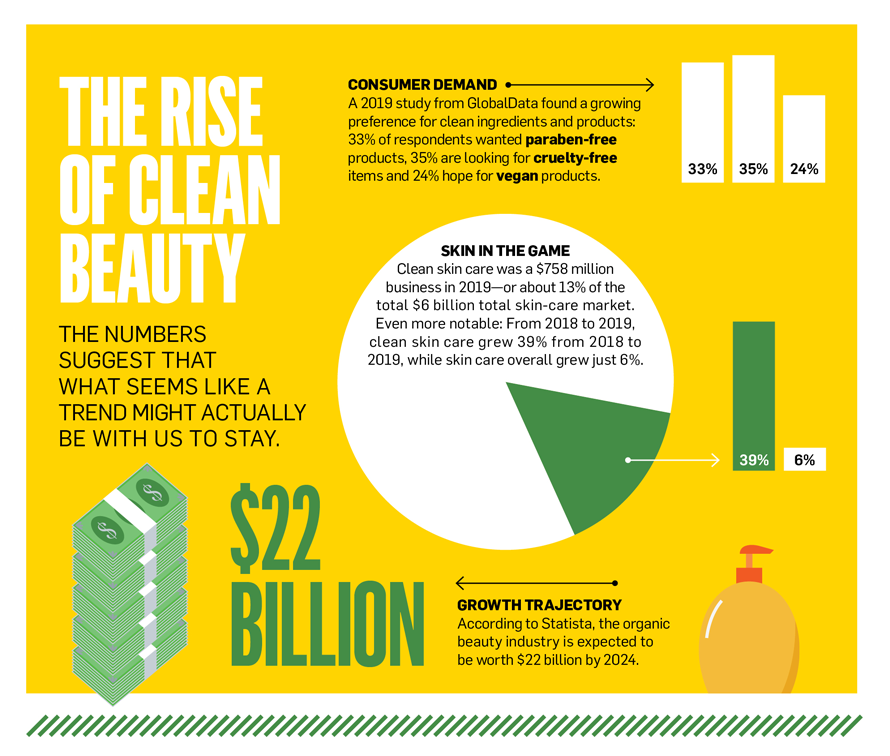
If you’re interested in adopting a clean beauty routine, here are some practical tips to help guide your shopping:
- Read ingredient labels: Familiarize yourself with common “red flag” ingredients you want to avoid.
- Research brands: Look for companies that are transparent about sourcing, formulations, and testing practices.
- Start with key products: You don’t need to overhaul your entire routine—start with staples like moisturizers, sunscreens, or deodorants.
- Patch test: Just because something is labeled “clean” doesn’t mean it will work for your skin type.
- Look for third-party certifications: They can be a useful signal of trustworthiness and safety.
Conclusion: Clean Beauty, With Caution
Clean beauty is more than just a buzzword—it represents a shift toward more conscious consumerism in the skincare and cosmetic industry. While it offers many benefits, it also comes with marketing pitfalls, misinformation, and a need for greater regulation.
By staying informed, asking the right questions, and being mindful of both ingredients and brand ethics, you can make better choices for your skin, your health, and the planet. Clean beauty, when approached with critical thinking and balance, can be a powerful part of your self-care journey.
